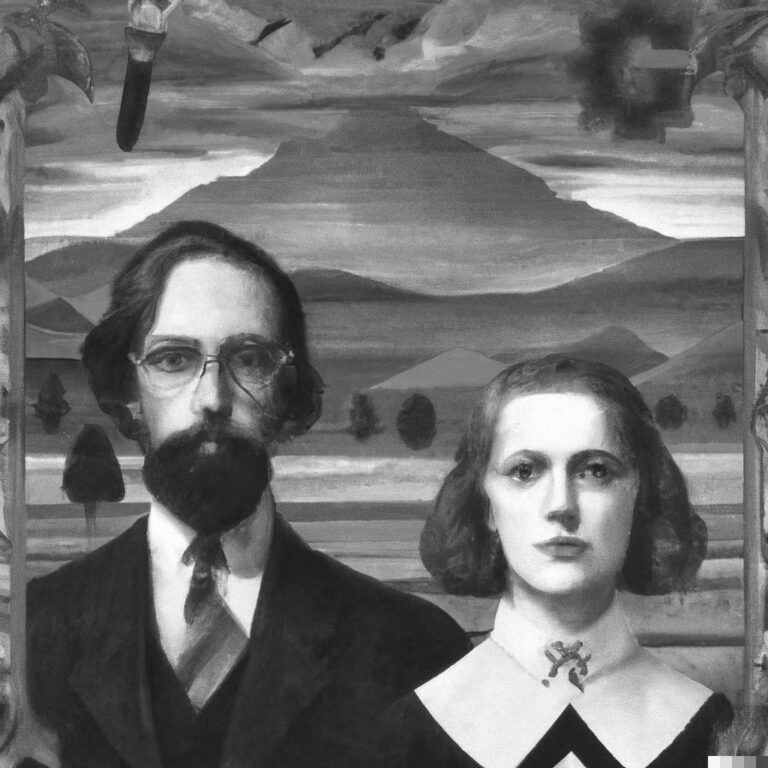Strategy and communication for SMEs.
Since the end of 2020, we have been supporting the Bavarian family-owned company Trob in its brand development. At the beginning of our work, we created a solid communication strategy.
What is a communication strategy?
The term communication strategy is challenging and often uncharted territory for SMEs. Behind it are essential considerations for long-term success and authentic communication work. In short, a communication strategy defines basic conceptual thoughts and measures to achieve communication goals. It regulates who a company exchanges with, when and where. It is the basis from which communication designs are developed.
Why is communication strategy important?
Communication measures are interrelated. For them to work efficiently, an overview is needed. Budgets and resources can be allocated, target groups addressed, and new products developed if structured well. A good communications strategy allows a company’s communications to grow yearly, strengthening its market position.
What elements does a communication strategy include?
Depending on the company, its offerings and its products, the elements of a communication strategy are different. For example, the strategy of a supplier of fashion selling online will function differently from a supplier of components for the automotive industry selling in personal contact. In general, however, communication strategies include:
- an overview by means of market and offer research,
- the fundamental positioning of the company,
- communication goals, as well as target groups and messages,
- an assessment of the operational plan and implementation.
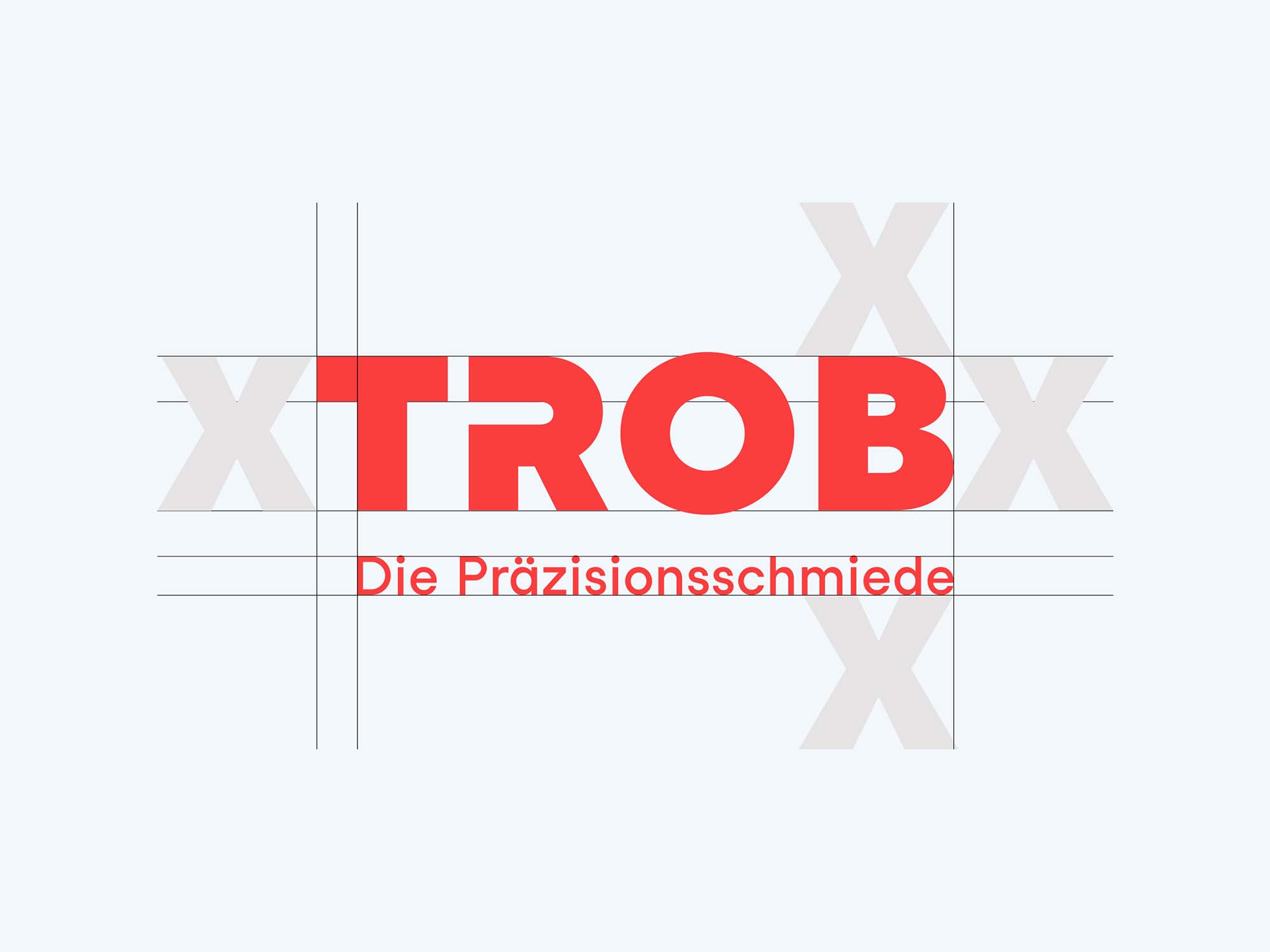
Practical example Trob – The Precision Forge
In the context of SMEs, narratives that work in communication are often already in place and do not need to be creatively invented. So the focus here is not on the “creative advertising idea” but on authentic communication of content and character.
With our work, we, therefore, help our clients to find and define these narratives and transfer them into applications and design subsequently. For example, our client Trob, a model for us here, is a family business in Bavaria. The company is in its second generation and is a market leader. A specialist in precision manufacturing. A hidden champion in its industry.
The overview is crucial: the research.
Our work with Trob began with analysing existing communication measures and the strengths and weaknesses of competitors in the German market.
The research allowed us to identify market and option fields for the future positioning of the company. The research contents were processed for our customers and formed the basis for two workshops in which target groups and messages were defined. Research into the industry’s tonality, imagery and thematic structures and the competition later flowed into the design process.
Differentiation and identification: The positioning.
Who are we? What do we do? How do we do it? Why do we do it? During several interviews with management and a workshop with staff, a description of the company and industry was created. Further, the market and the technology, its unique features and the USP, different target groups and the strategy and vision were developed and summarised.
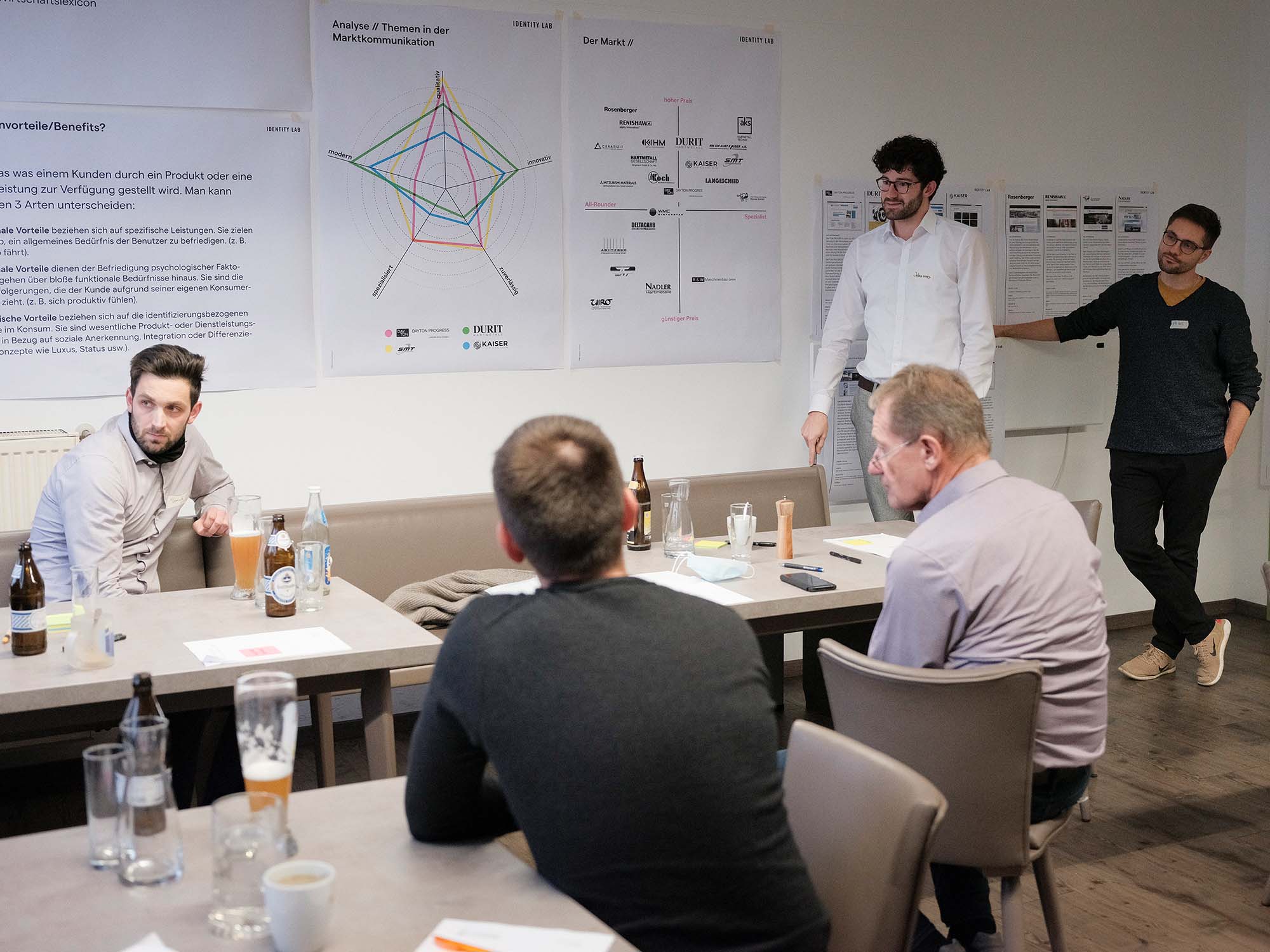
Positioning Trob
The company manufactures precision parts of the highest possible quality and offers solutions for processing materials down to production sizes of 5 micromillimeters. In doing so, Trob manufactures all work steps independently and under one roof. The company uses its know-how across processes and develops individual manufacturing processes for leading global companies in the automotive, mechanical engineering, electronics and medical industries.
Where are we pointing to? The communication target.
Based on research and positioning, the communication goals were defined. Defining goals is critical to successful communication. In general, plans can include the following levels:
- Increase awareness by a defined percentage,
- within a certain time.
- for a specific product, or for several product groups,
- for a specific customer group or industry,
- and in a specific spatial reference, e.g. national.
Goal setting is a tricky task. Unlike investments in machinery, for example, it is impossible to calculate ROI because investments in communication and design cannot be calculated similarly. Nevertheless, measures must be allocated to communication, monetary expectations or increases in contacts and contact lengths.
Target Trob
The brand was to be given a new and more modern brand image within one year. In addition, the product groups grinding, milling, eroding and turning were to be positioned and digitally promoted in the automotive, medical, electronics and mechanical engineering sectors for buyers on a national level and through digital channels.
Definition of target groups and messages.
Various target groups require different messages at changing times. To ensure that the brand’s communication is successful in the long term and that content and texts could be explicitly created, eight target groups were defined. Core messages and sub-messages were assigned to different communication channels to match these target groups.
Messages according to target groups: Example skilled workers
In Bavaria, the company Trob is one of the most attractive employers in the field of mechanical engineering. The company has a modern claim, represents an open and liberal company culture and is family-friendly. Furthermore, employees have opportunities for advancement within the company by changing production areas in the production divisions.
Eight target group areas
- purchaser
- skilled worker
- engineers
- suppliers
- the workbench
- trainees
- competition on site
- politicians / local residents
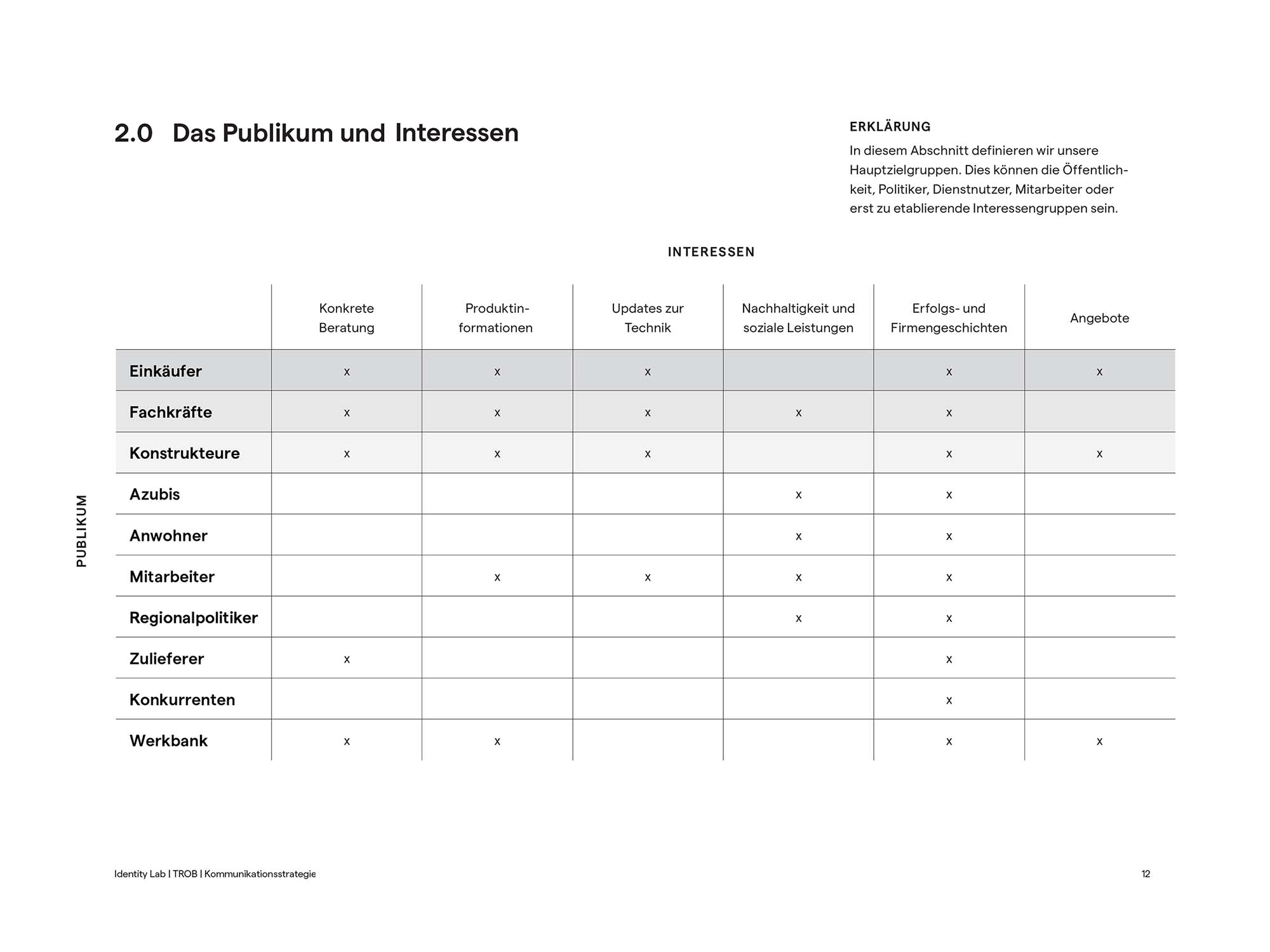
What does the brand offer: benefits and customer value?
The benefits of the brand were formulated for our customers on a target group-specific basis since different groups also bring different needs with them. Therefore, benefits are differentiated on three levels: functional, emotional and symbolic.
The following, in order not to jeopardize the competitive advantage of our customers, is a very abbreviated presentation of these advantages:
Customer benefits Trob:
- functional value: “fitting in with the times”
- symbolic value: “the winning team”
- symbolic added value: “the winning team”
The Tone of Voice: Not what we say, but how we say it.
Because the parts of a communication strategy are often technical and demanding – the goal is to paint the most accurate picture possible – methods are used to communicate content quickly and accessibly.
One of these methods is to project the character of a company onto a person to arrive at a quickly tangible description. This is how Torsten Trob was born. A persona that characterizes the company.
“Do you know Torsten Trob?”
Torsten Trob is a highly specialized technician who combines practice and research. He loves his subject area, from the slightest challenge to the big vision. He is passionate about his field of activity and manages to communicate complex content and topics in a simple, relaxed and enjoyable way. As a person, Torsten is down-to-earth and approachable at the same time. He likes to exchange ideas with others and loves energetic and positive discourse. In addition, hee is imaginative and quick to implement.
The operational plan and implementation.
Based on research, positioning, the definition of target groups and messages, benefits and USP, an operational plan for 12 months was created and successfully implemented. The work performed included the following points and was delivered by different service providers:
- the redesign of the brand,
- the corporate design,
- the creation of textual content,
- the creation of the photographic material,
- the creation of the illustration and artwork,
- the creation of the product images,
- the design of the company website,
- the development of the company website,
- and the start of digital marketing activities.
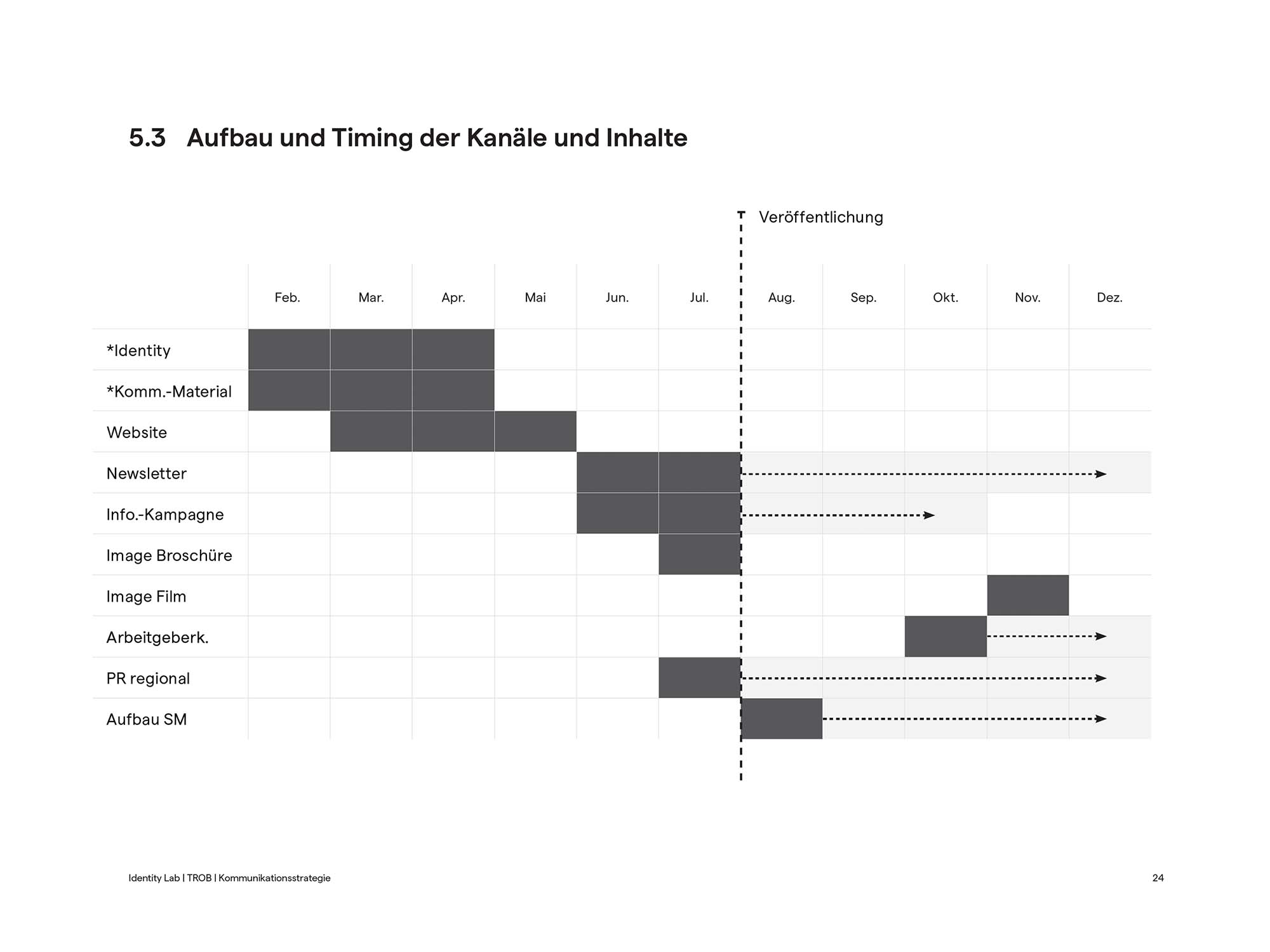
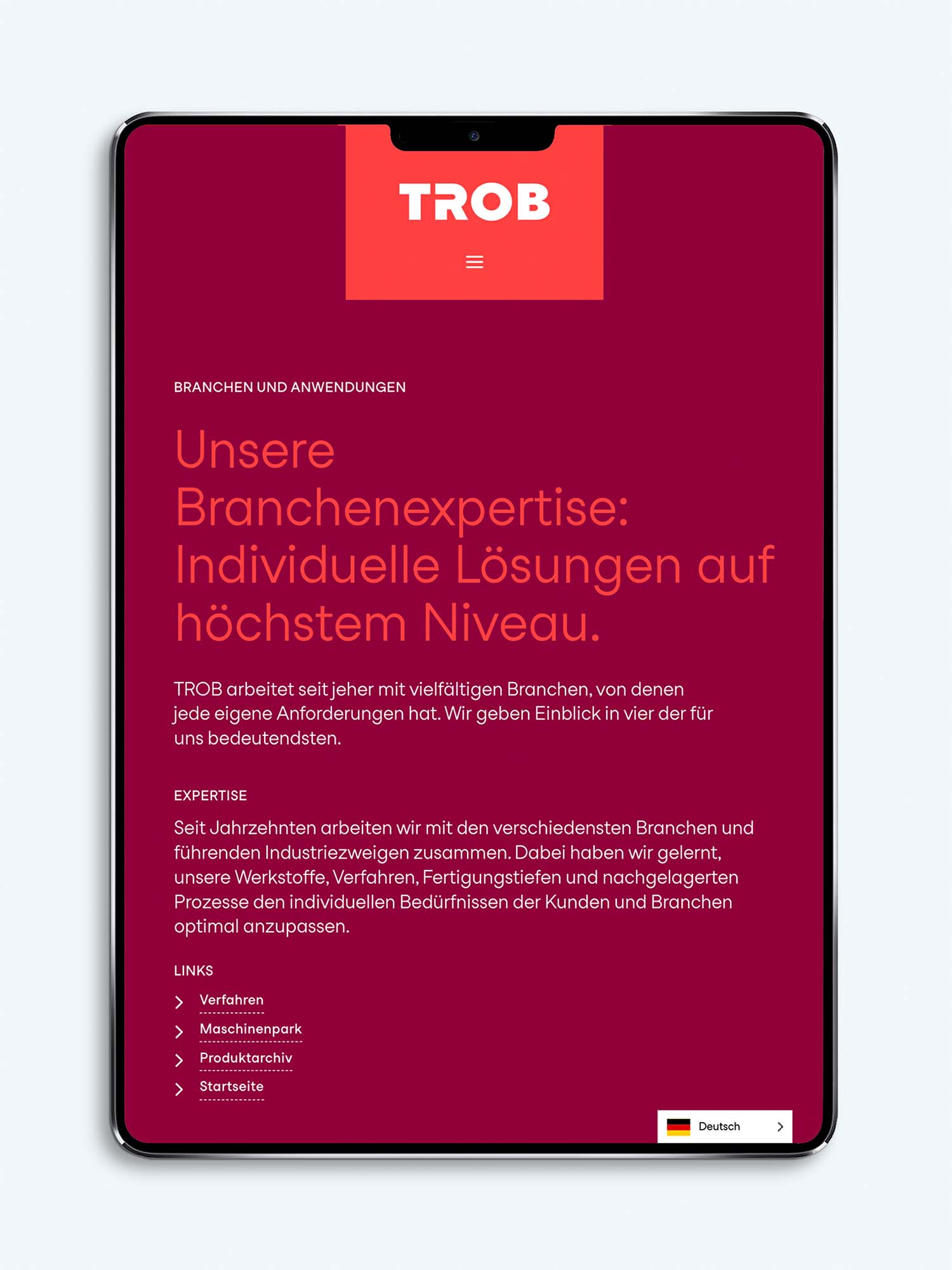
Conclusion
Creating a strategy in communications is costly, no question, but it also has tremendous value. Trob’s case has allowed transferring a brand from the 90s to the year 2021. Definitions of target groups and messages were helpful for employees and administrators to understand customers better. External service providers, such as photographers, copywriters and content creators, could deliver services efficiently based on reliable information, regardless of the channel, digital or analogue. Budgets and resources were and are still used sensibly and with a plan year after year—a perfect breeding ground for successful brand development.
